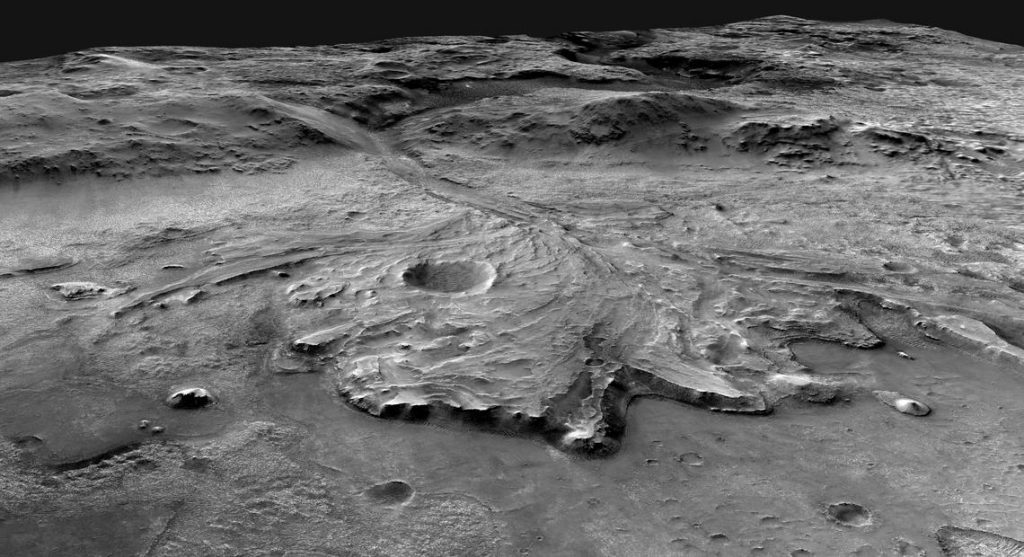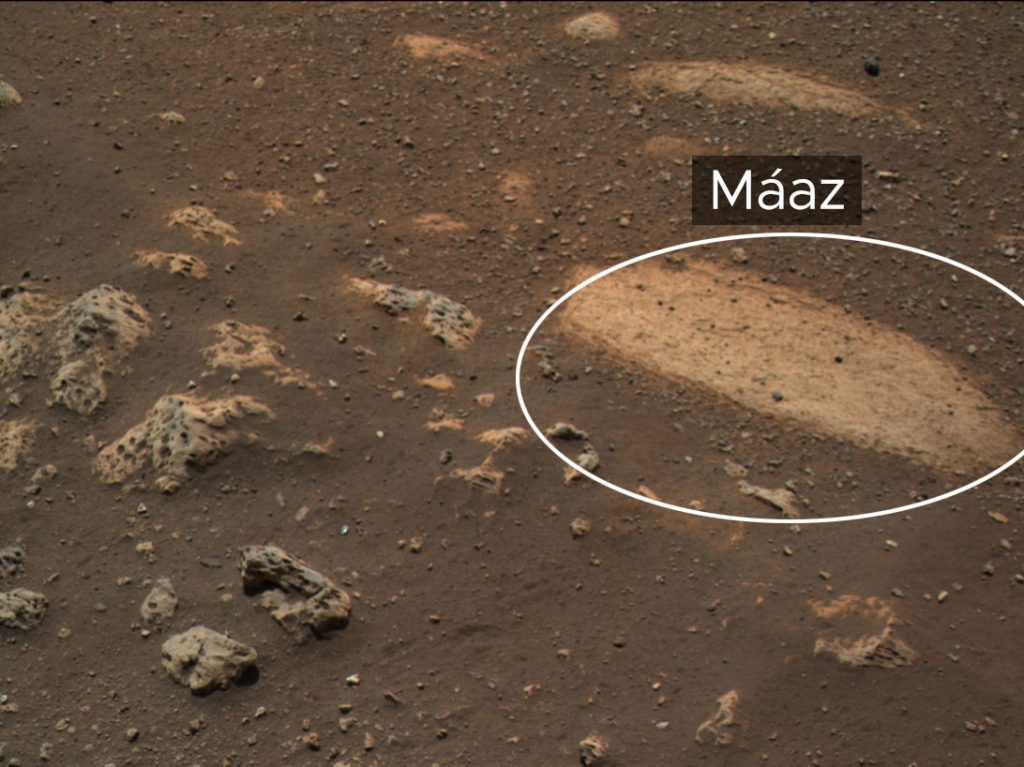
Let the LPSC firehose begin. This conference has presentations with all the latest news from around the solar system. This morning, the big show started with a deep dive into the landscape that the Perseverance rover now calls home.
While we have a pretty good idea roughly where a spacecraft should land, detailed mission planning can’t start until the exact landing spot is known. For just over twenty days, Percy has sat on the red planet, taking in its landscape with its amazing cameras, and while mission engineers do a complete check of the rover’s systems, team scientists have been planning their future journey through Jezero crater and out to Nili Planum beyond.
Jezero Crater is a much smaller geographical area than Curiosity’s Gale Crater. It is also a lot more hazardous and more interesting due to that dangerous and complex geology. Figuring out a path that keeps the mission safe and allows sampling of all the cool rocks is an awesome challenge, and to judge from Twitter, a whole lot of planetary scientists just want to run around wildly picking up rocks.
Making things complicated is a particularly dangerous section of land between the Octavia E. Butler landing site and where the rover most wants to go. Just like hikers on Earth, the mission is looking to just go around and simply needs to decide if they go around to the left or to the right before they move forward.

The mission team has plotted out a two-phase path that lets Percy, once it gets around that danger region, sample a variety of environments around a former lake, streams, and resulting deltas that shape Jezero Crater. They also look beyond Jezero to the Nili Planum to plan out this two-phase mission, during which the rover will collect samples in Jezero and leave behind one cache for future pick up and return to Earth, and to then rove through Nili Planum, a volcanic deposit, where during a hoped-for extended mission it will collect more rocks.
During Ken Williford’s presentation, he talked about how various features could hold minerals and organic materials deposited by past life. He literally compared existing formations on Mars to similar-looking structures on Earth created through the build-up of dead micro (and macro) organisms and plant life. The path he and others are planning is a tour of an ancient habitable environment where they are looking for the chemistry of life. We’ve seen these comparisons before, but it never stops making me catch my breath. Other speakers talked about this region as a dried-out aquifer and questions arose about where best to look for life, with Williford further commenting that “some believe that the Martian subsurface is the best bet for life now and also deep in the past.”
Yes, he said now. And yes, Perseverance is really well decontaminated, but that said, Percy isn’t going to go digging for life or go near places where life is likely today.
In Percy’s images, the landscape so far looks varied with dust, bare-baked mud-looking deposits, and a variety of rocks, including rocks that are hard to explain. My favorite of these are the holey rocks, which have been seen in the past but so far not sampled. These rocks look a lot like the Texas holey rocks loved by aquarium owners. The similar-looking rocks on Earth are made of limestone that has been shaped by water. I can only hope that Percy, with its arm and drill, will be able to reach out and finally tell us what these rocks are.
More Information
The Mars 2020 Mission One Month After Landing
A Tour of Ancient Habitable Environments In and Around Jezero Crater, Mars




 Join the Crew!
Join the Crew!
 Escape Velocity Space News
Escape Velocity Space News
0 Comments